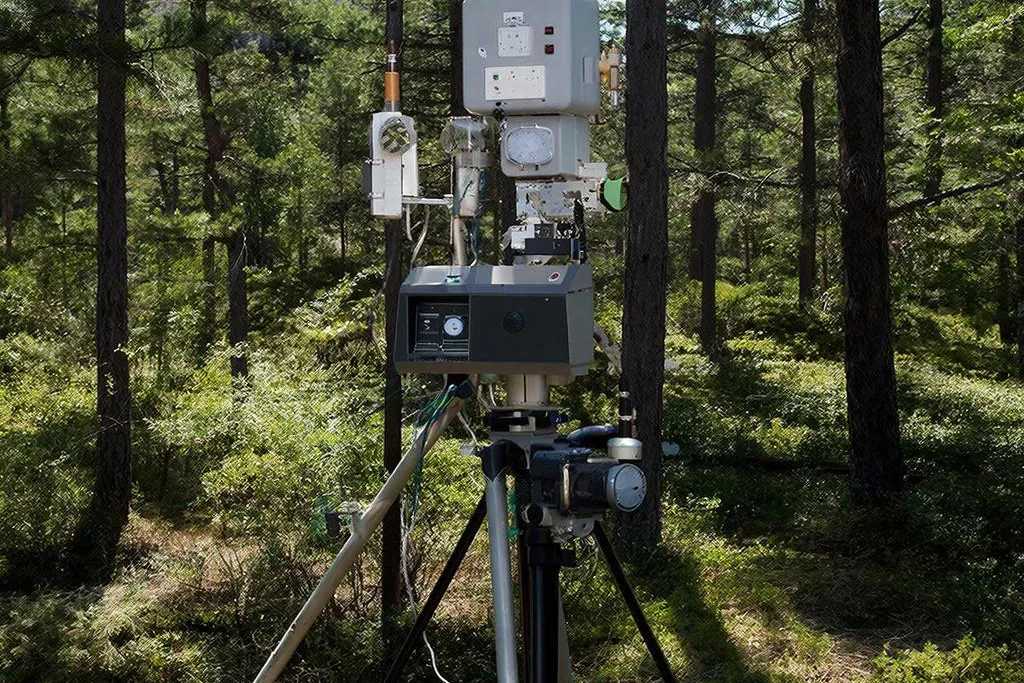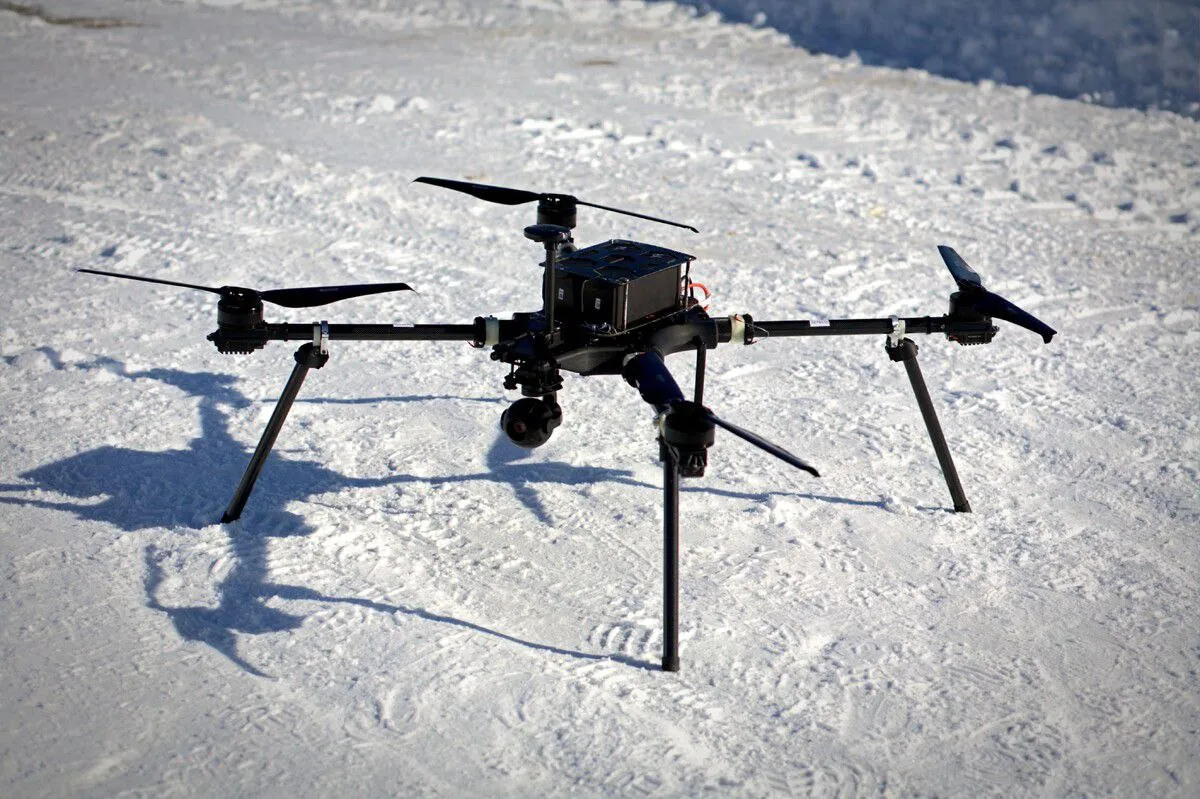Russian Student Teaches AI to Hunt Down Toxic Hogweed
The drone-based system detects and maps invasive plants with up to 98% accuracy, spraying herbicides precisely where needed.

A student from the Institute of Chemical Technology and Engineering in Sterlitamak—a branch of the Ufa State Petroleum Technological University—has developed an AI-powered system to combat Sosnovsky’s hogweed, a highly toxic invasive weed. According to the university’s press office, Vladislav Shepelev’s project won the national innovation competition UMNIK for its creative use of computer vision and automation.
Shepelev equipped a drone with a high-resolution camera and a trained neural network capable of identifying hogweed patches with 95–98% accuracy.
His scientific adviser, Elena Muravyeva, heads the Department of Automated Technological and Information Systems and oversaw the research process.
Smart Targeting and Predictive Control
The uniqueness of the system lies in the AI’s ability to recognize the weed throughout seasonal changes—even when hogweed mimics surrounding vegetation.
The technology’s affordability makes it accessible for Russian farmers and municipalities, costing two to three times less than comparable foreign systems.
By combining AI precision with environmental responsibility, Shepelev’s innovation shows how young Russian researchers are using machine learning and robotics to solve urgent agricultural and ecological problems—one weed at a time.









































